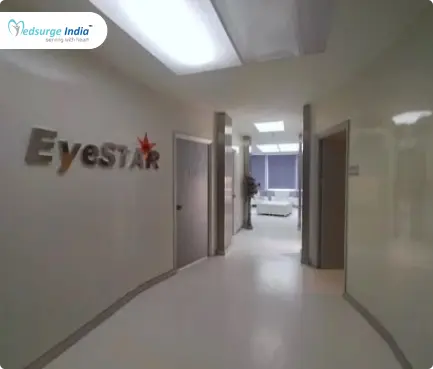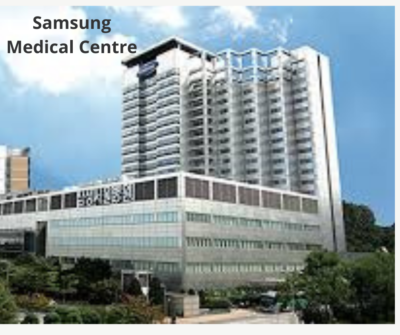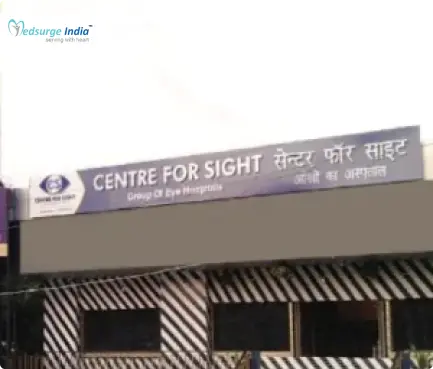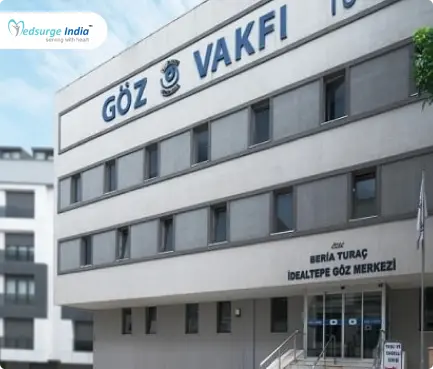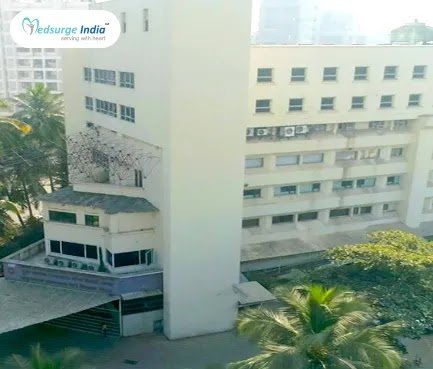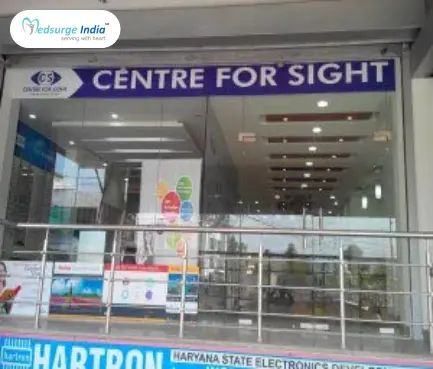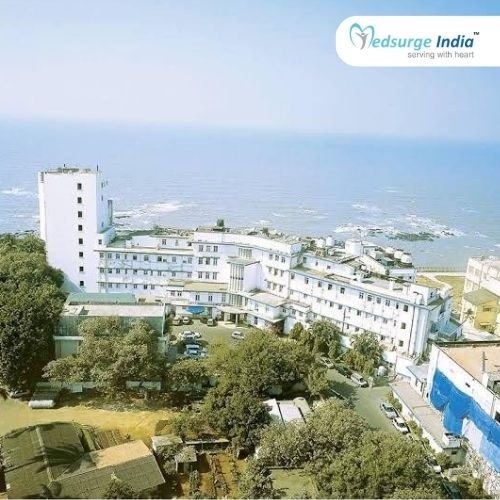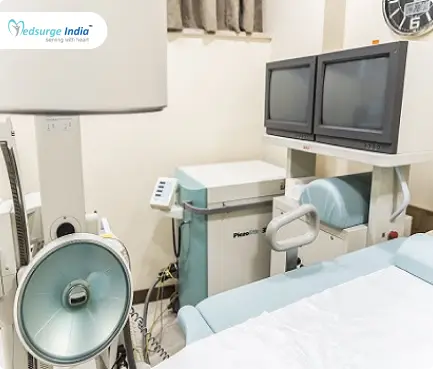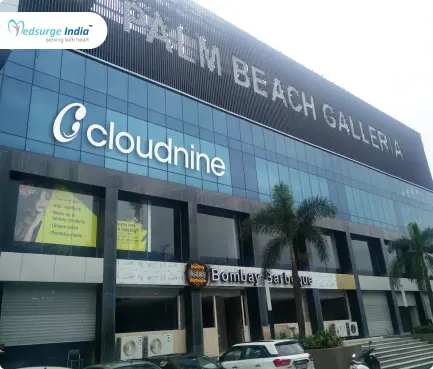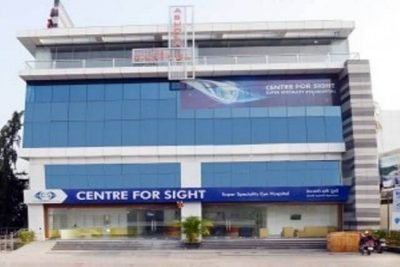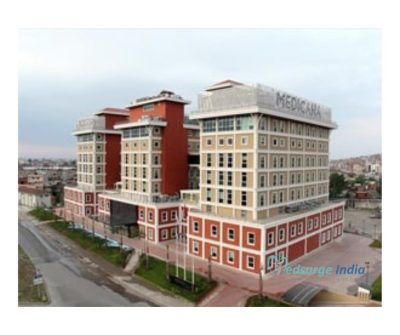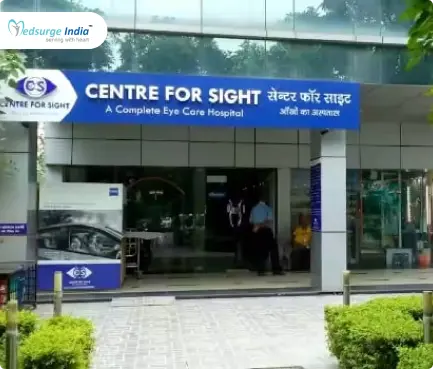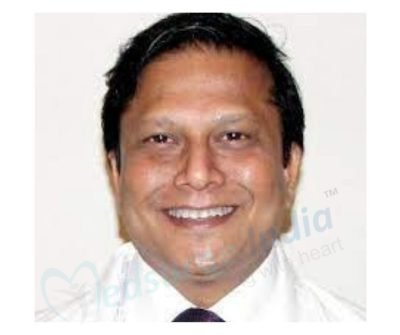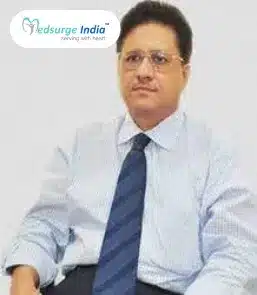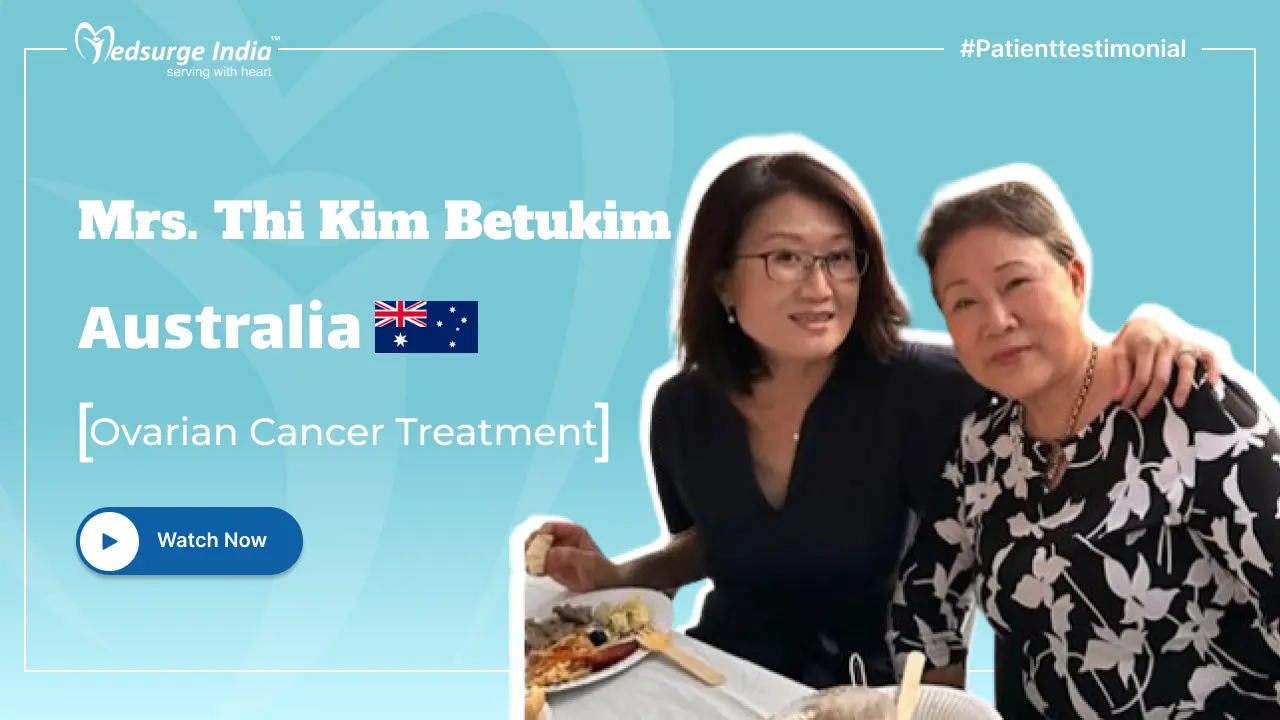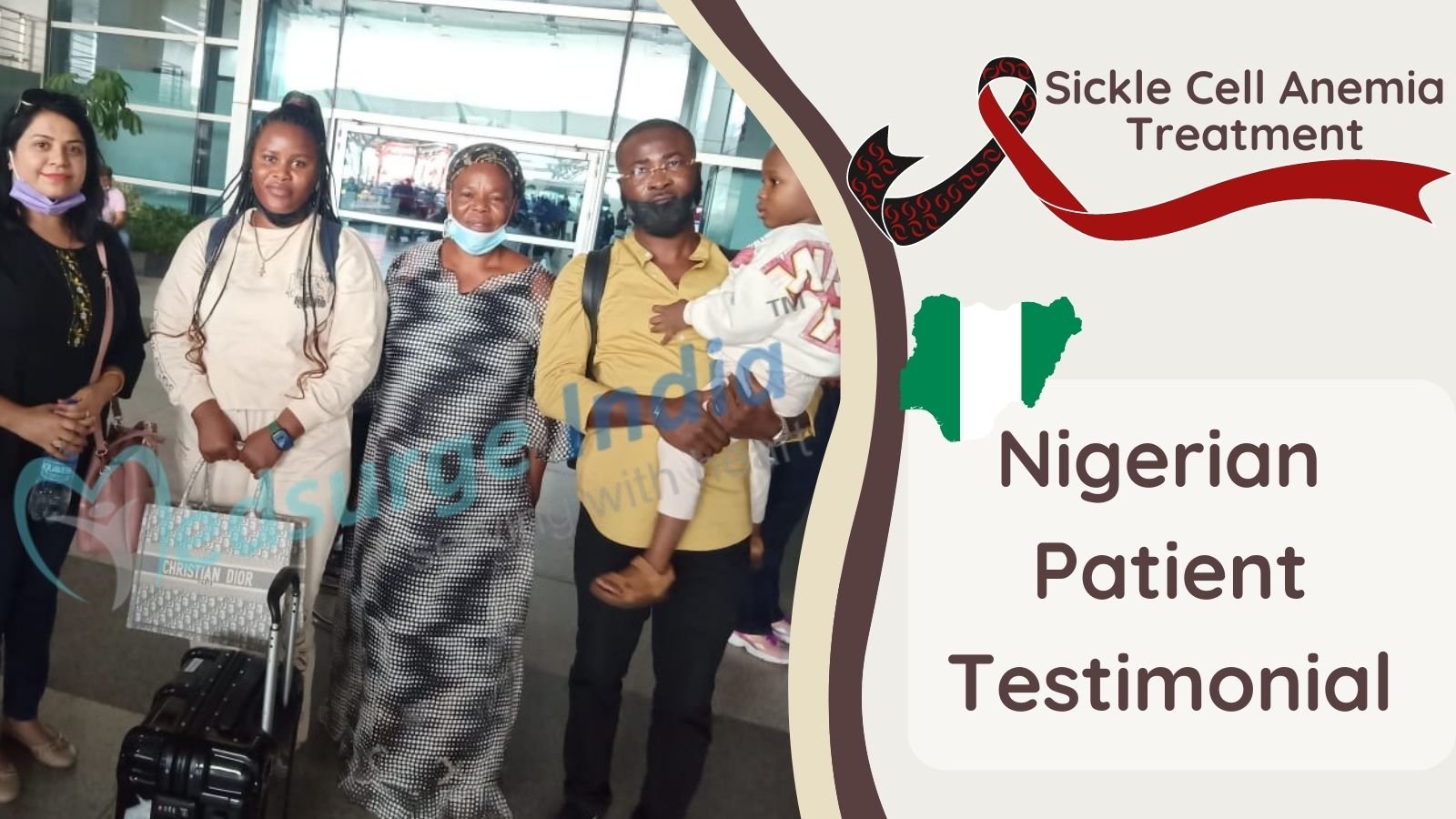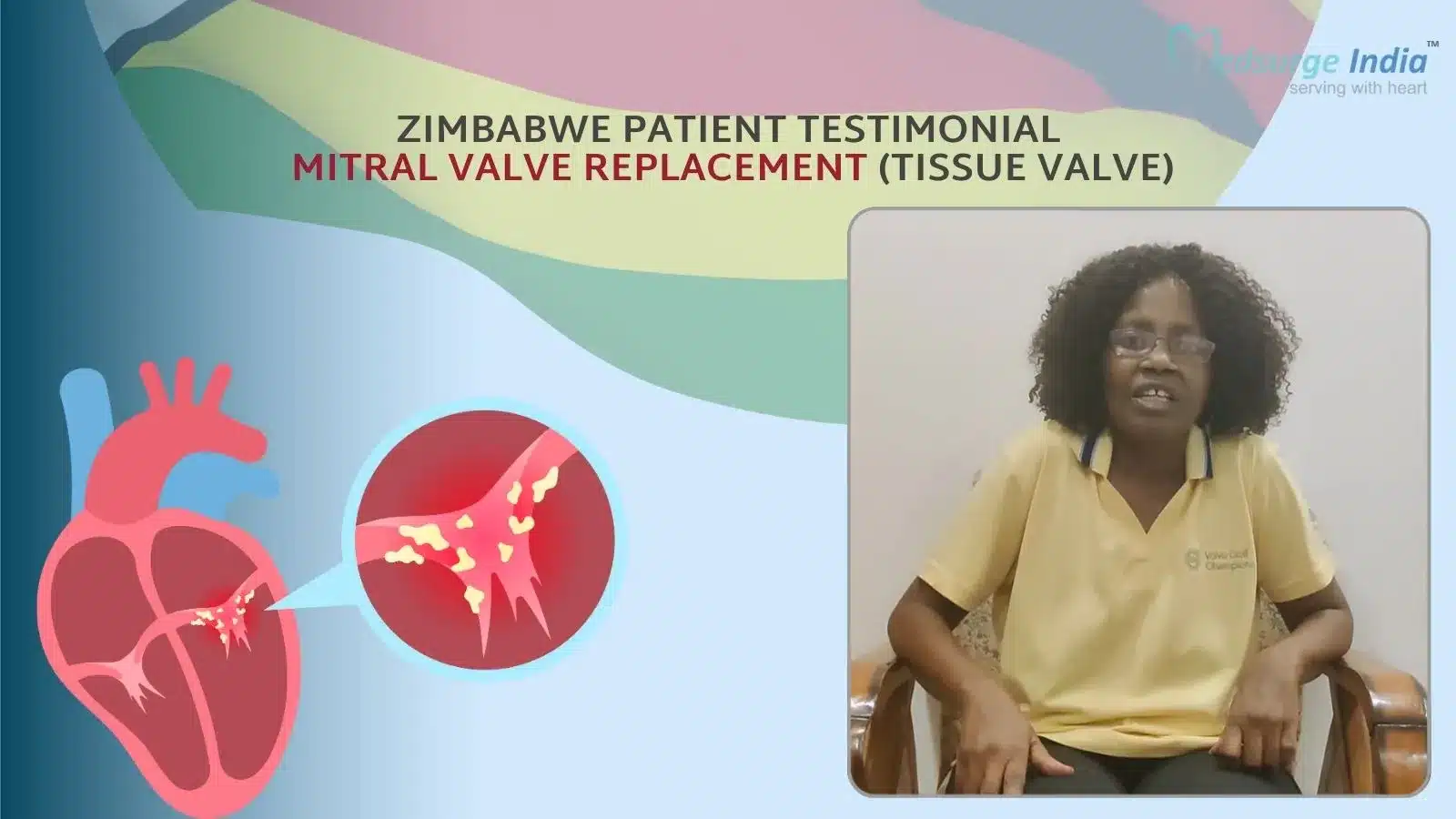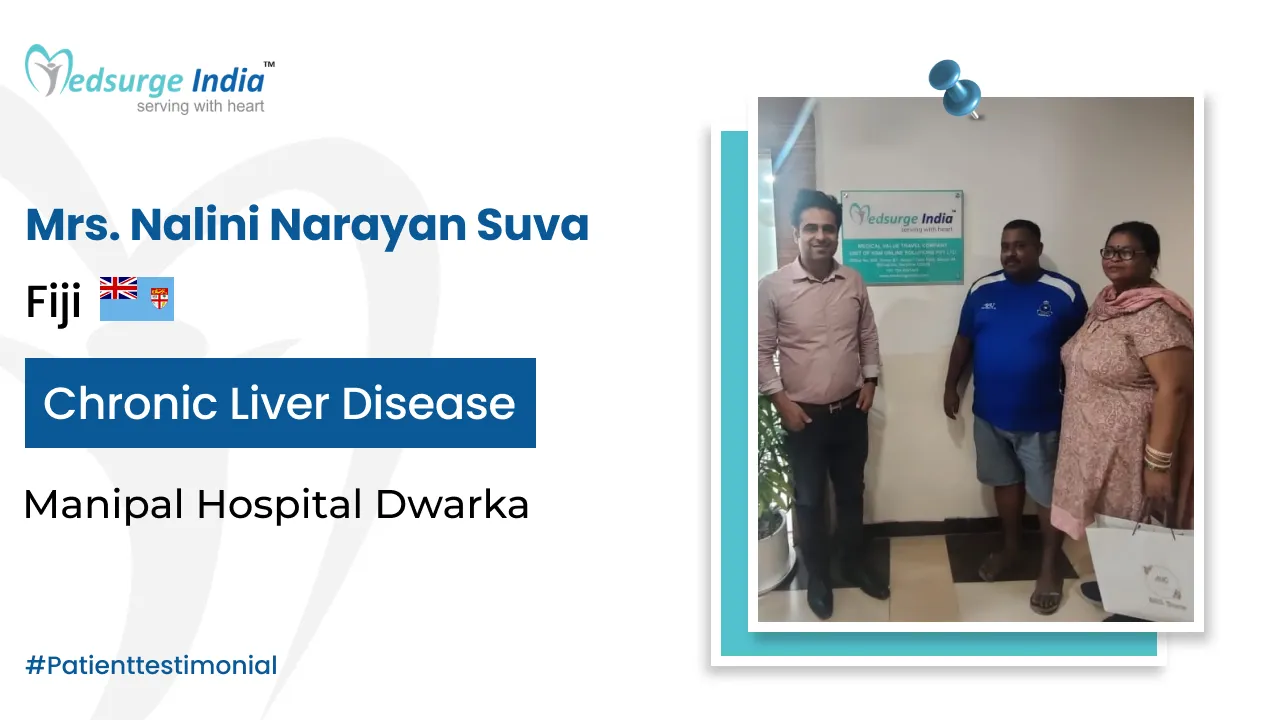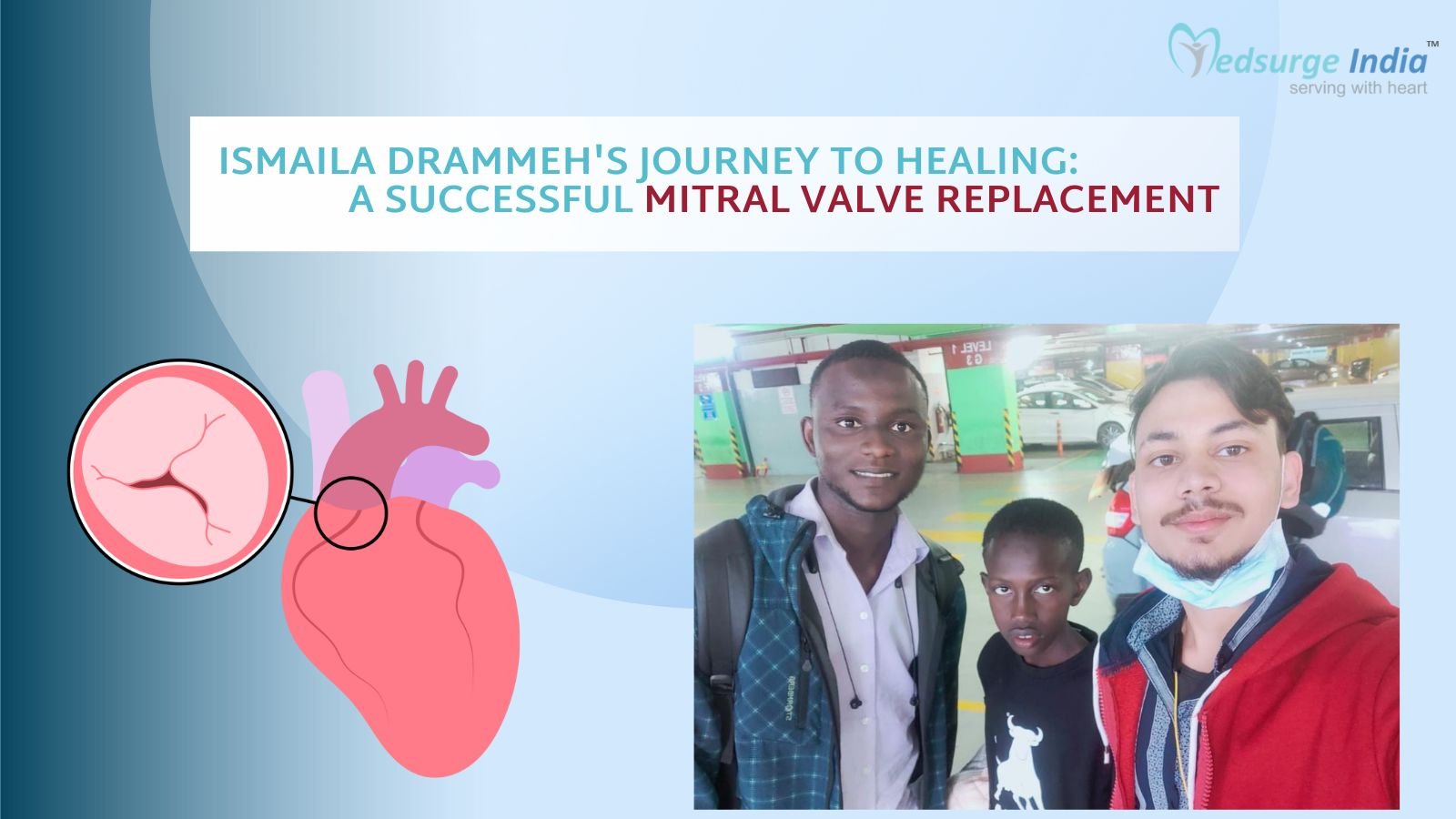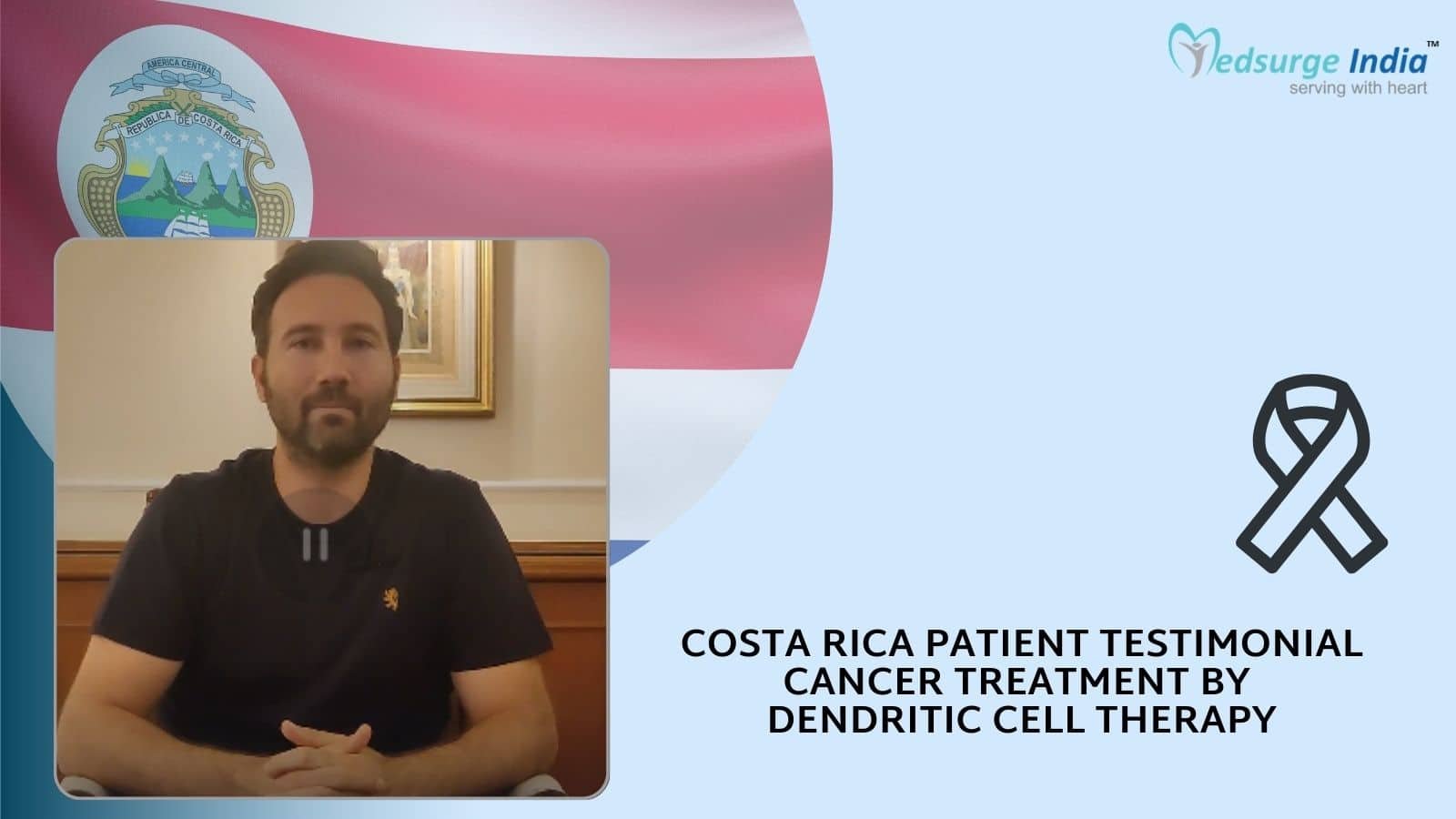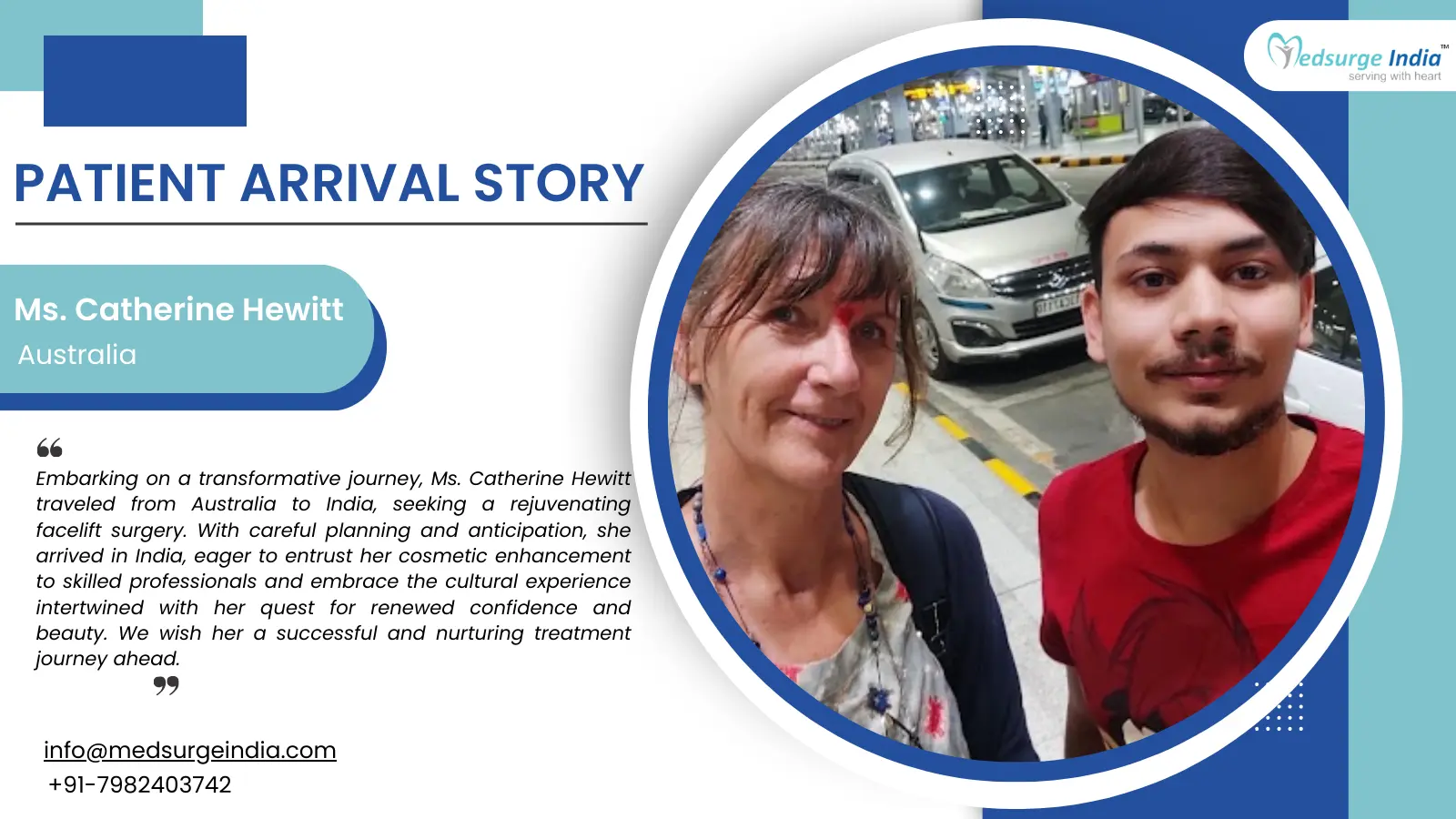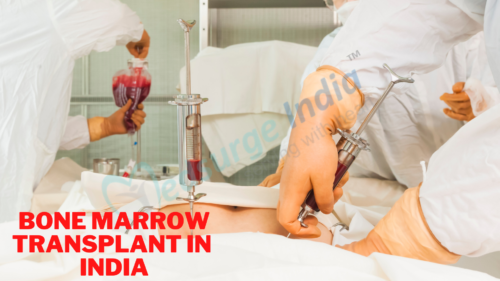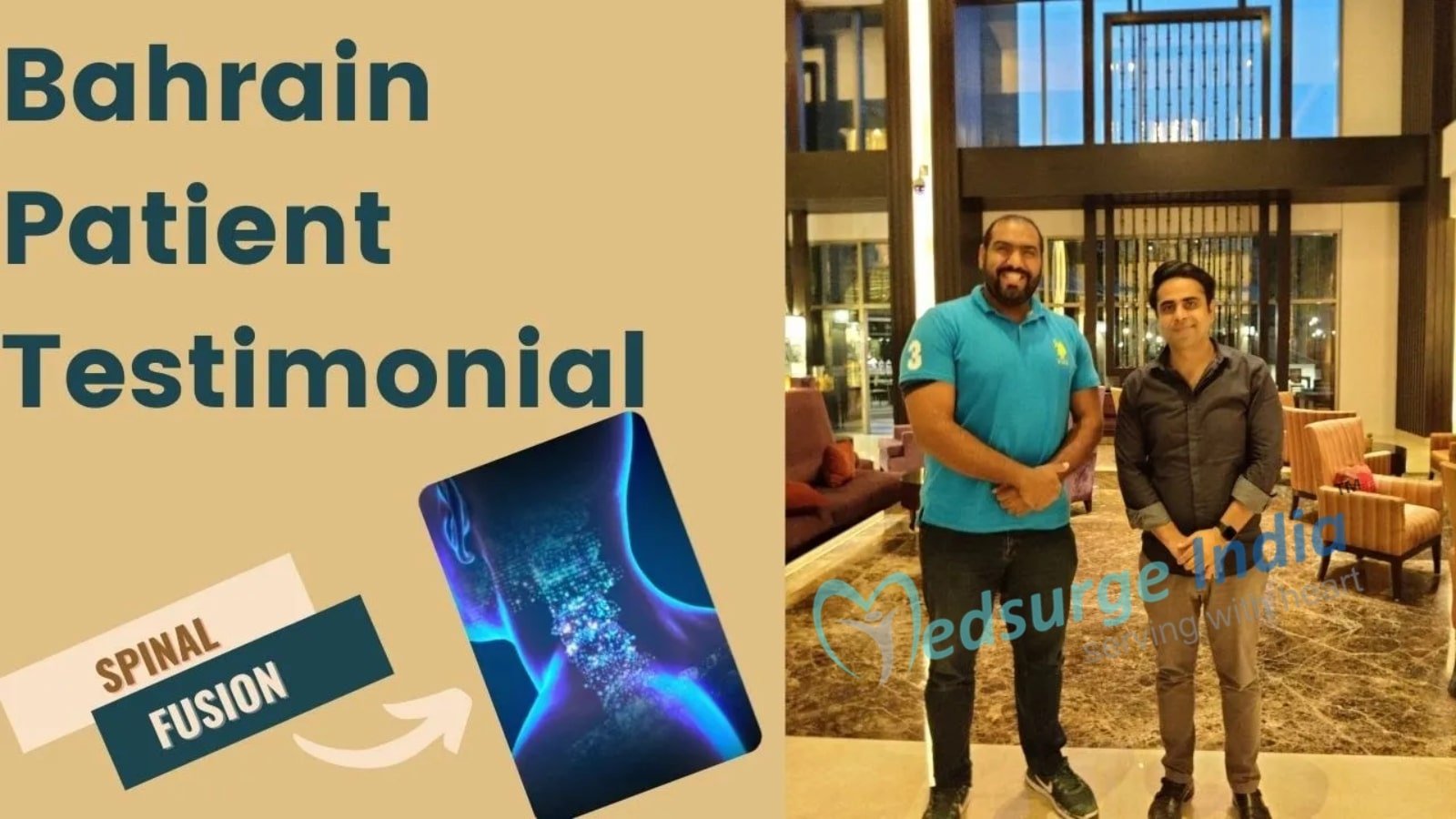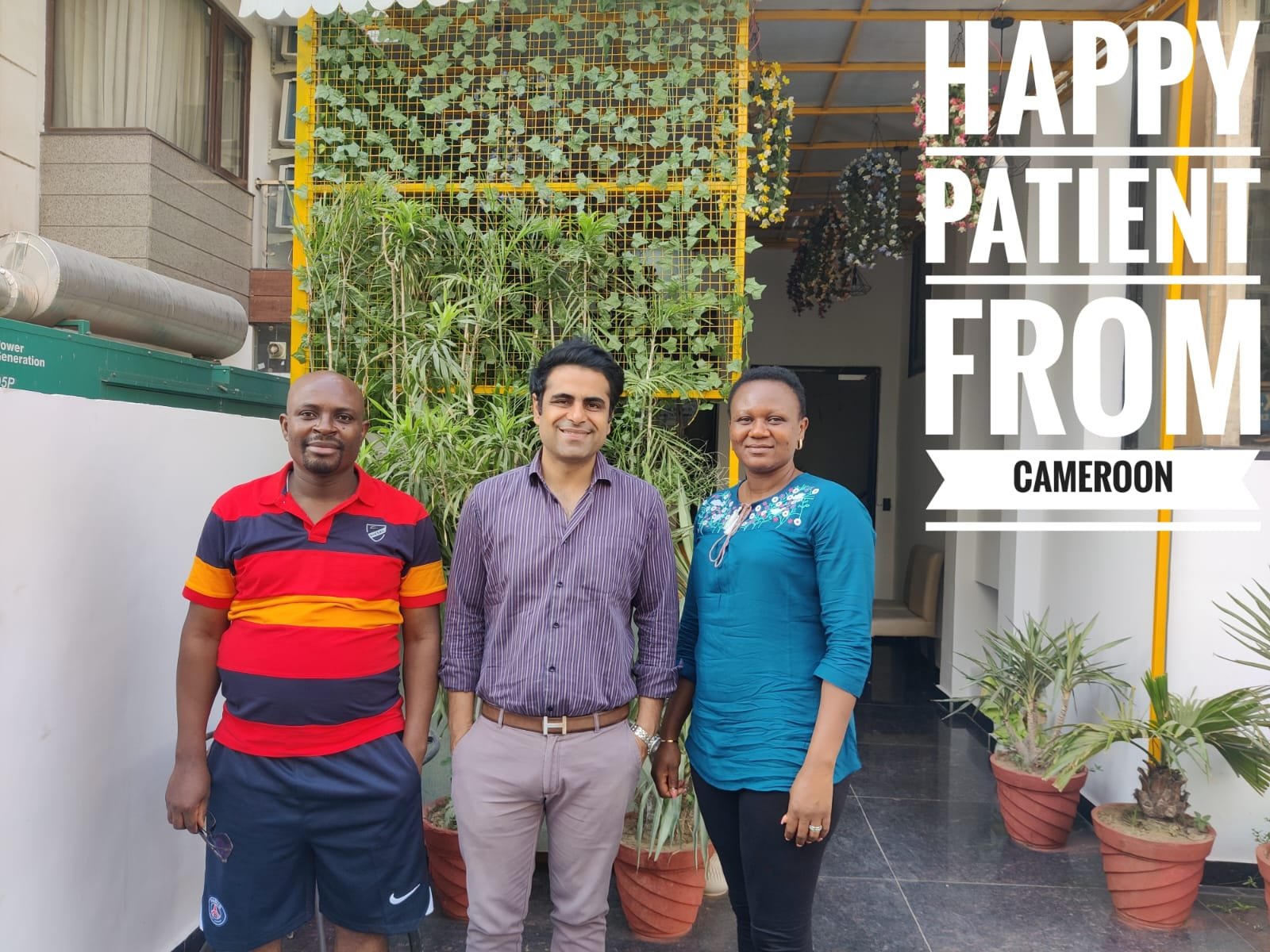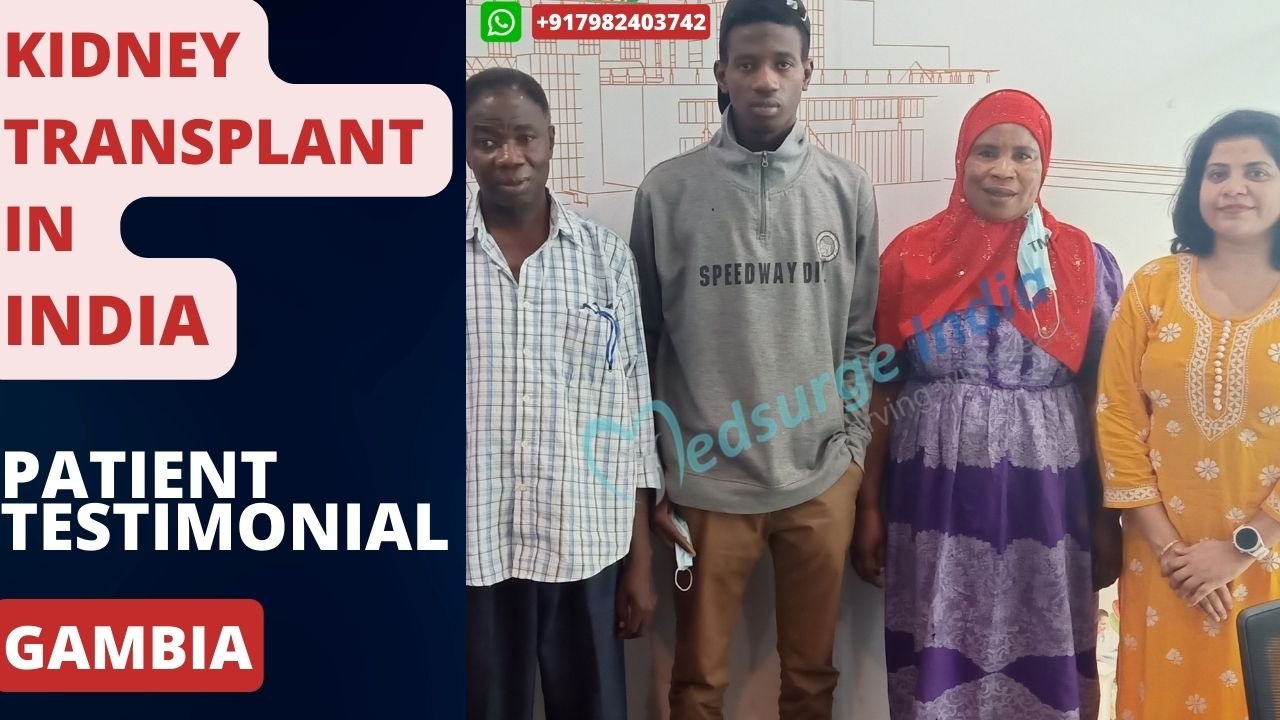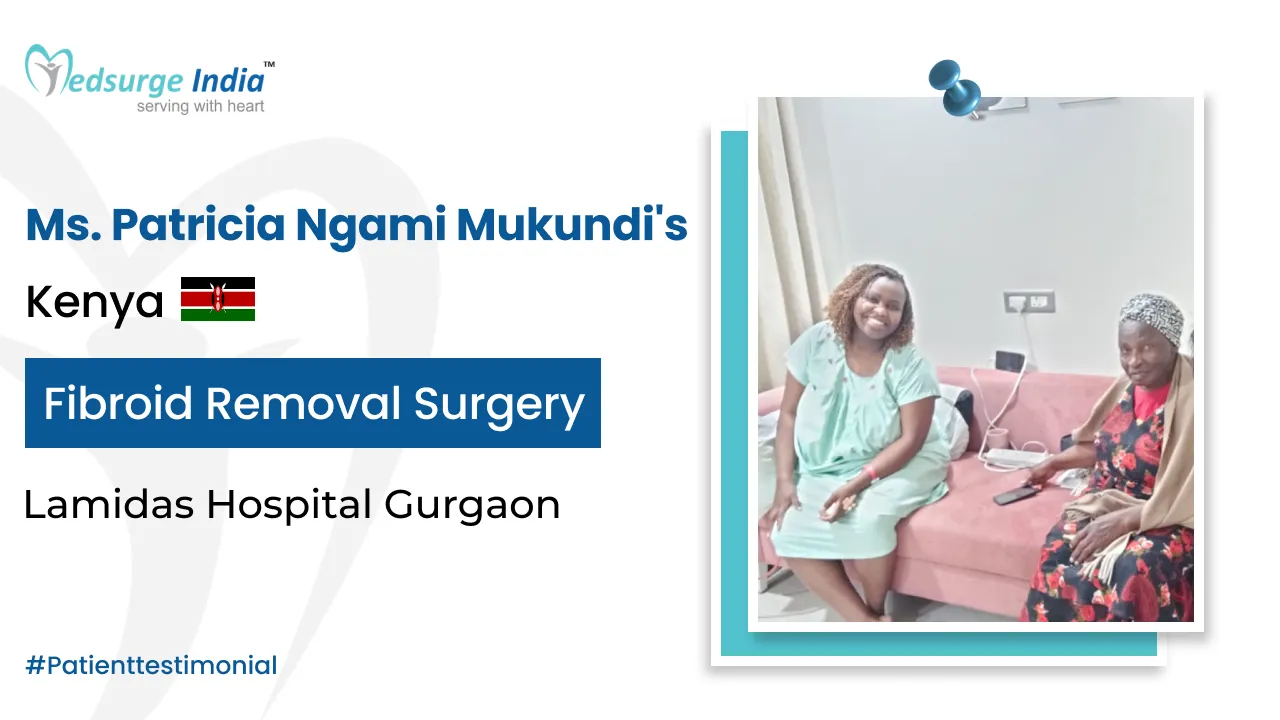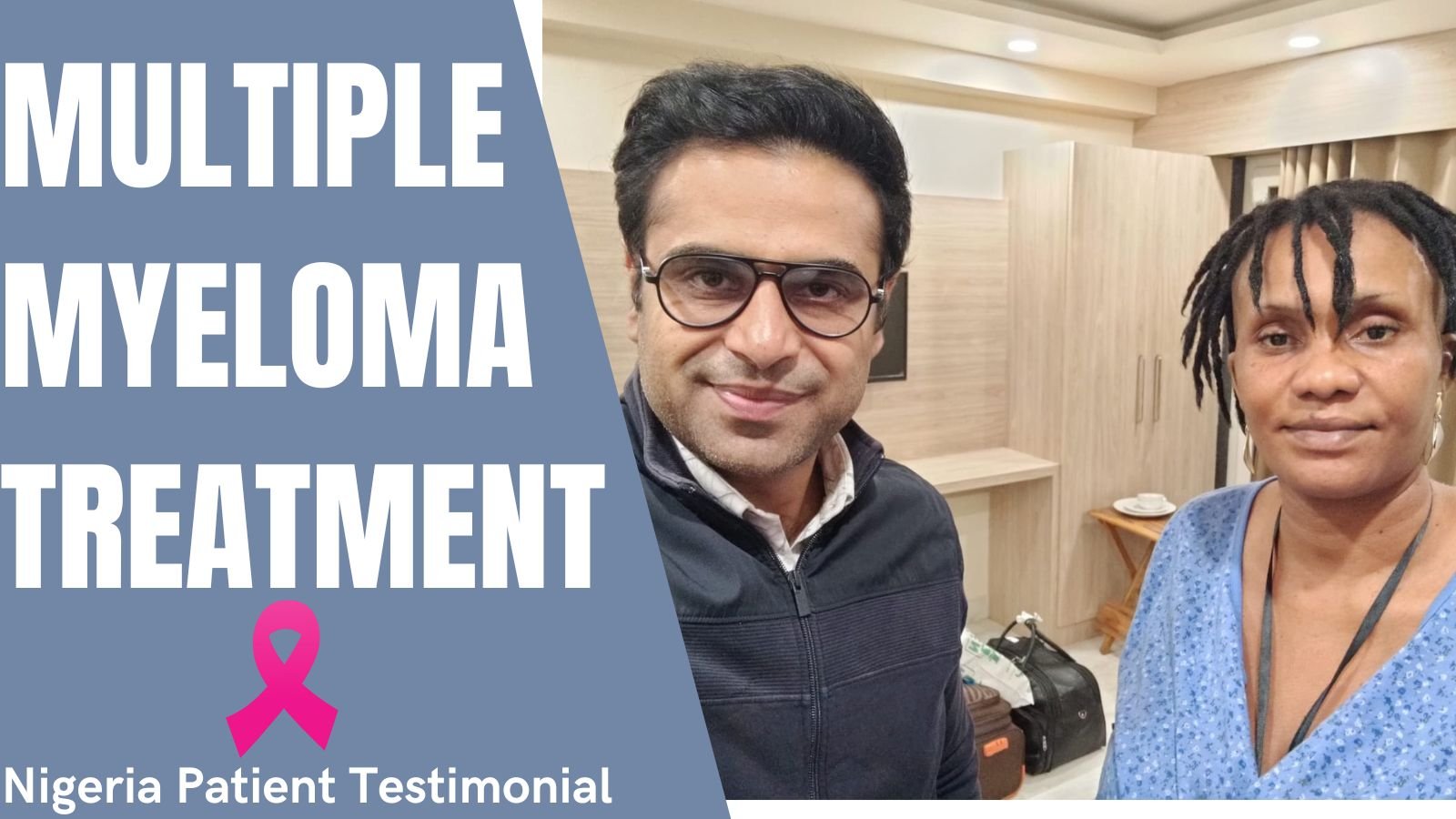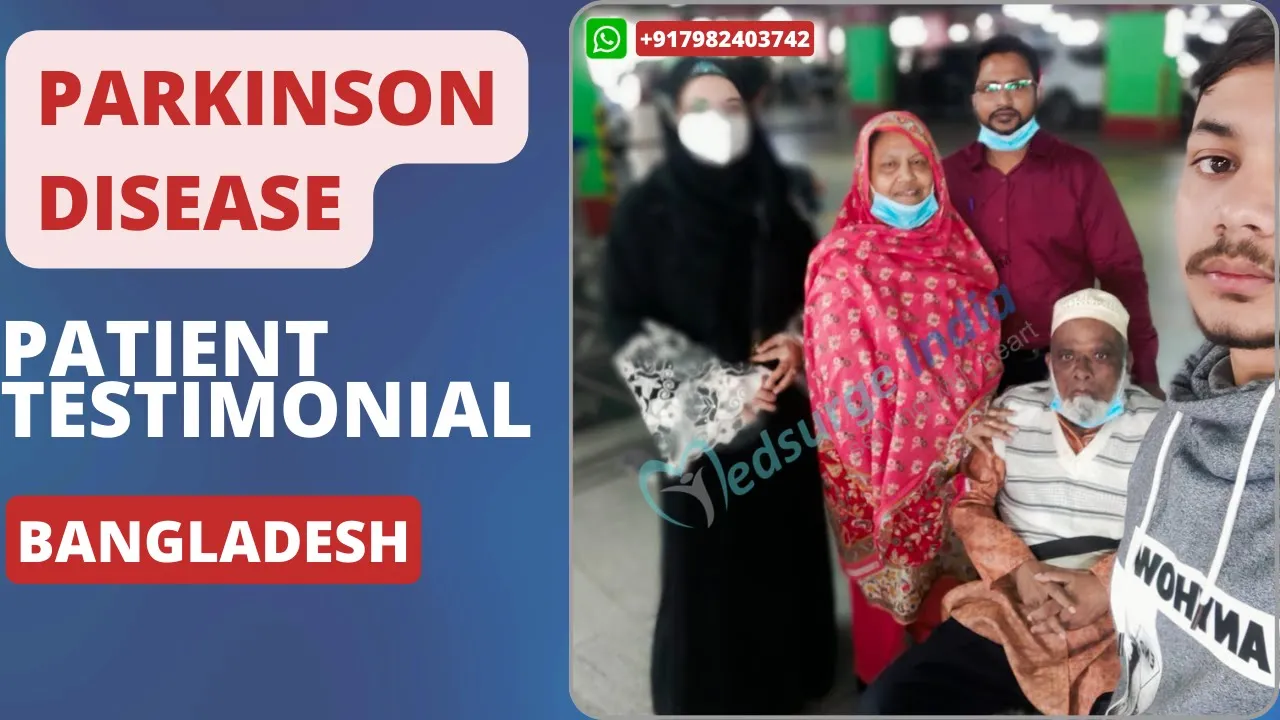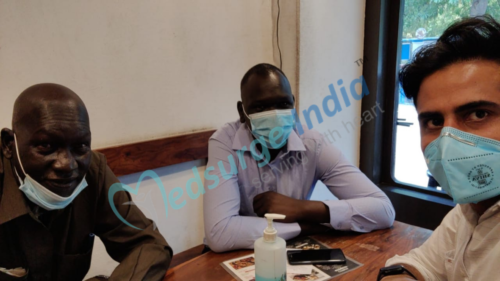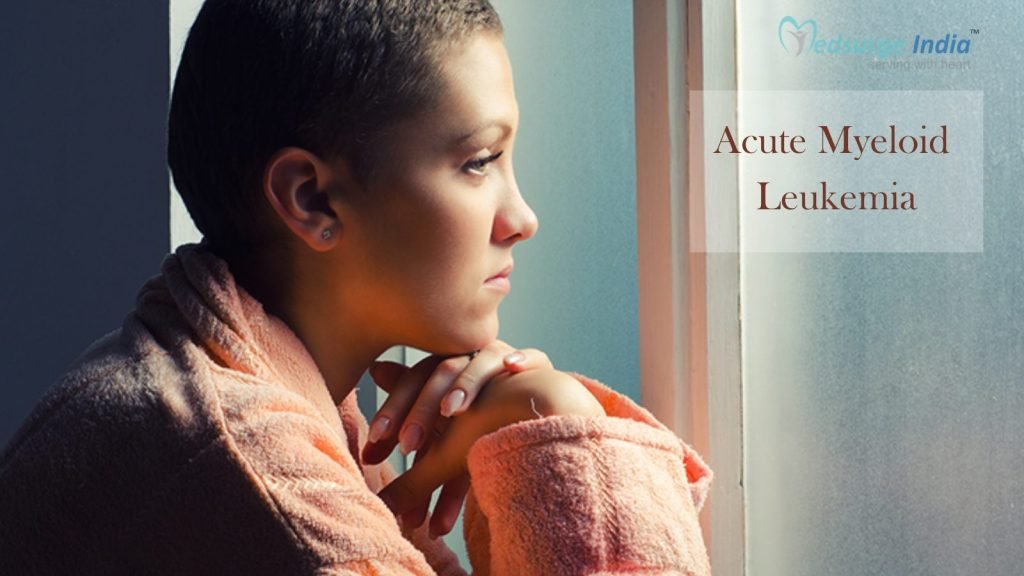
Acute myeloid leukemia (AML) is a bone marrow and blood malignancy. In adults, it is the most frequent kind of acute leukemia. If not treated, this type of cancer usually worsens quickly. AML, also known as acute myelogenous leukemia or acute nonlymphocytic leukemia, is a kind of blood cancer. Acute myeloid leukemia (AML) begins in the bone marrow (the soft inner part of some bones where new blood cells are produced), but it usually spreads swiftly into the bloodstream. It can spread to other organs such as the lymph nodes, liver, spleen, central nervous system (brain and spinal cord), and testicles. The most preferred Acute Myeloid Leukemia Treatment in India is chemotherapy. Stem cell transplants are also performed on some patients. AML frequently reappears, and therapy may be required for the rest of one’s life.
The cost of acute Myeloid leukemia treatment in India varies greatly depending on where you are taking it from. This treatment is available in practically all of India’s best cancer hospitals.
What is Acute Myeloid Leukemia?
Acute myeloid leukemia is a type of blood cancer that affects the blood cells as well as the bone marrow. The fast proliferation of immature white blood cells (leucocytes) known as leukemic blasts or myeloblasts is the feature of this disease. These cells aggregate in the bone marrow, interfering with the formation of healthy blood cells. They even have a tendency to leak into the bloodstream and circulate throughout the body. Because these cells are young, they are unable to effectively fight infection or give protection. Furthermore, inadequate formation of red blood cells and platelets by the bone marrow can result in anemia, excessive bleeding, and/or bruising. If the patient is not treated for a few weeks, acute myeloid leukemia can be fatal.
AML spreads fast from the bone marrow to the bloodstream and might spread to other regions of the body. As an example, AML can spread to your lymph nodes, brain, liver, Cerebral spinal fluid, skin, spleen, or testicles.
AML in India is known by several unique names. All of these are symptoms of the same disease:
- Acute myelocytic leukemia.
- Acute myelogenous leukemia.
- Acute granulocytic leukemia.
- Acute nonlymphocytic leukemia.
- Acute promyelocytic leukemia
The treatment for Acute myeloid leukemia in India usually starts with a diagnosis, which includes bone marrow aspiration and other blood testing. Chemotherapy, radiation treatment, and/or a stem cell transplant are commonly used to treat acute myeloid leukemia. The period of survival and the treatment administered is usually determined by the genetic mutations that arise within the cancer cells.
What Are the Symptoms of Acute Myeloid Leukemia?
The early signs and symptoms of acute myeloid leukemia can be mistaken for the flu or other common ailments.
The following are the signs and symptoms of acute myeloid leukemia:
- Dizziness
- Easy bruising or bleeding, including frequent nosebleeds and bleeding gums
- Fatigue
- Feeling cold
- Fever, night sweats, or frequent infections
- Headaches
- Loss of appetite and unexplained weight loss
- Pale skin and anemia (low red blood cells)
- Shortness of breath (dyspnea)
- Swollen lymph nodes
Acute Myeloid Leukemia Treatment Cost In India
Affordable Acute Myeloid Leukemia Treatment Cost in India starts from INR 3,99,000 (4,800 USD). Radiation therapy, chemotherapy, and target medication therapy are available treatments for AML and the prices will also depend on which therapies you will have. Furthermore, after accounting will all additional tests Acute Myeloid Leukemia Treatment Cost in India is much affordable than with other top hospitals in the world.
Factors That Can Affect The Acute Myeloid Leukemia Treatment Cost in India
- Treatment plan that the physician has recommended
- The physician’s experience The price of extra medications or treatments
- Follow-up medical care and therapy
- Hospital room type and location
Medsurge India offers the best package for Acute Myeloid Leukemia Treatment cost in India at an affordable price for international patients coming to India under the supervision of the most trained doctors. Also, you can click here for the medical visa process.
What Are the Causes of Acute Myeloid Leukemia?
A small portion of bone marrow is made up of blood stem cells. These stem cells become blood-forming cells, such as white blood cells, red blood cells, and platelets. White blood cells contain lymphocytes and myeloid cells, among other cell types.
The stem cell can grow into an oxygen-carrying red blood cell. The stem cell can differentiate into a white blood cell or a platelet, which aids in the formation of blood clots and/or the prevention of bleeding.
Because of a mutation or injury, myeloid cells in persons with AML do not grow normally into healthy cells. Instead, in AML, the cells grow into myeloid blasts, which are immature white blood cells (myeloblasts). These cells continue to develop at an uncontrollable rate, interfering with the regular generation of healthy cells. If the leukemia is left untreated, it might cause damage by increasing your risk of bleeding and other complications (such as infection and stroke/heart attack).
Leukemia cells (blasts) can push out healthy cells in the bone marrow. These sick cells swiftly spread throughout your body, including your blood. Although it’s unclear what causes the DNA alterations that lead to leukemia, doctors have identified risk factors.
How Is Acute Myeloid Leukemia (AML) Diagnosed?
A medical examination by a doctor will be the first step in the diagnosis of acute myeloid leukemia. The doctor will be able to plan further diagnosis based on the patient’s signs and symptoms of AML.
The following tests are used to diagnose AML:
- Complete Blood Count (CBC)
- Peripheral Blood Smear
- Blood Chemistry/Coagulation Test
- Cytochemistry Test
- Flowcytometry
- Chromosome Test
- Imaging Test
A physical examination will be performed by your healthcare practitioner. They look for bruises, bleeding, and infection. Your doctor will also examine your liver, spleen, and lymph nodes to discover if they are enlarged.
Get Free Cost Estimation
Procedure
How is Acute Myeloid Leukemia is Treated?
Acute Myeloma Leukemia Treatment options for Adults:
Chemotherapy:
Medication is injected into the blood circulation to reduce or stop cancer cell development. It is the most effective treatment for AML. Some individuals will require hospitalization for treatment, while others will get chemotherapy at home via infusion and oral drugs. Some adults require lifelong maintenance chemotherapy.
Targeted Therapies:
These medications inhibit the growth of cancer cells by targeting certain components of the cells. The specific treatment is determined by the mutations found in the malignancy. This treatment works successfully for some kinds of AML.
Monoclonal Antibodies:
Proteins created in the lab bind to cancer cells and inhibit their growth. Some forms of AML can be treated with this medicine right away, and it can also be used to treat AML that has not responded to chemotherapy (called refractory cancer). It can also be used to treat recurrent cancer (relapse).
Stem Cell Transplant:
A stem cell or bone marrow transplant gives you a fresh immune system that will recognize and kill cancer. You must be in complete remission before undergoing a stem cell transplant. To make room in the bones for the transplanted cells, you will need chemotherapy or radiation therapy first.
Children with AML are treated by pediatric oncologists and undergo slightly different treatments. Induction therapy is the first therapeutic phase, which aims to induce remission. Remission means your child has no symptoms or signs of the disease, and cancer cells in the marrow or blood cannot be discovered.
Induction therapies include:
Intrathecal Chemotherapy: Chemotherapy is injected straight into the spinal fluid of your child. Intrathecal chemotherapy can be used to treat cancer found in the cerebral spinal fluid or to prevent leukemia from spreading there. It can also be used as a preventative measure (prophylactic). It can prevent cancer cells from spreading to the spine, brain, and other central nervous system organs.
Chemotherapy: Chemotherapy may be given to your child for several months, and this may include intrathecal chemo (usually for acute lymphocytic leukemia/ALL). After completing consolidation chemotherapy cycles, children usually don’t need to continue with chemotherapy if the disease is in remission.
Stem Cell (bone marrow) Transplant: A donor infusion of healthy cells is given to your youngster. A sibling or a matched unrelated donor could be used.
Conclusion
Treatment can eliminate all leukemia cells in some patients with acute myeloid leukemia (AML). Treatment completion can be both stressful and exciting. You may be pleased to be done with treatment, but it’s difficult not to be concerned about leukemia returning. (A relapse or recurrence occurs when leukemia returns after treatment.) This is a very typical issue among leukemia survivors.
Other people’s leukemia may never completely go. Some people may receive regular chemotherapy or other treatments to try to keep their leukemia under control and relieve their symptoms. Learning to live with non-remitting leukemia can be tough and frustrating.
The Most Important Frequently Asked Questions
Q: What Is the Survival Rate of Acute Myeloid Leukemia?
A: AML patients aged 20 and up had a 27% 5-year survival rate. The survival rate for people under the age of 20 is 69%. However, survival is dependent on a number of factors, including the disease’s biological characteristics and, in particular, the patient’s age (see Subtypes for more information).
Q: Does Acute Myeloid Leukemia Usually Result in Death?
A: Acute myeloid leukemia (AML) is cancer that can kill people, especially those who are older. AML has a five-year survival rate of 29.5% which means that less than one-third of people diagnosed with the disease would survive five years. 1 Younger patients, especially those under the age of 20, had a substantially higher success rate.
Q: Is It Possible to Cure Leukemia If Found Early?
A: Leukemia is a blood-forming tissue cancer that affects the bone marrow and lymphatic system. Leukemia, which is defined as the formation of abnormal white blood cells by the bone marrow, affects both adults and children equally.
Q: What Are the Four Different Types of Leukemia?
A: Leukemia is classified into four categories based on whether it is acute or chronic, and whether it is myeloid or lymphocytic: Myeloid (or myelogenous) leukemia (acute) (AML) Myeloid (or myelogenous) leukemia (chronic) (CML) Acute lymphocytic leukemia (or lymphoblastic) lymphoma (ALL)
Q: What Organs Are Affected by Aml?
A: AML usually begins in the early stages of white blood cells. AML is rapidly expanding. Leukemia cells move swiftly through the bloodstream and can affect the liver, spleen, central nervous system (brain and spinal cord), and testicles.
Top Hospitals for Acute Myeloid Leukemia Treatment in India
Top Doctors for Oncology and Oncosurgery
Dr. Sanjay Rai
Head of Department
Experience: 20 years of experience
Sharda Hospital, Greater Noida
Noida, India
Dr. Jai Prakash Gurawalia
Consultant
Experience: 16 years of experience
Fortis Memorial Research Institute, Gurgaon
Gurgaon, India
Dr. Sudeep Sarkar
Senior Consultant
Experience: 35 years of experience
Nanavati Super Specialty Hospital Mumbai
Mumbai, India
Dr. B Krishnamoorthy Reddy
Senior Consultant
Experience: 30 years of experience
Apollo Hospital Bangalore Bannerghatta Road
Bangalore, India
Dr. Naveen Jayaram Anvekar
Experience: 15+ years of experience
Narayana Multispeciality Hospital, R S Naidu Nagar, Mysore
Mysore, India
Dr. Suman Mallik
Senior Consultant
Experience: 24+ years of experience
NH Rabindranath Tagore International Institute of Cardiac Sciences, Kolkata
Kolkata, India
Dr. Jai Prakash Gurawalia
Consultant
Experience: 34 years of experience
Fortis Memorial Research Institute, Gurgaon
Gurgaon, India
Dr. Sujoy K. Bala
Consultant
Experience: 14 years of experience
AMRI Hospital, Kolkata (Dhakuria)
Kolkata, India
Dr. Ninad Katdare
Consultant
Experience: 10 years of experience
HCG ICS Khubchandani Cancer Centre, Mumbai
Mumbai, India
Dr. Amal Roy Choudhary
Director
Experience: 18 years of experience
Fortis Memorial Research Institute, Gurgaon
Gurgaon, India
Dr. Rohit Malde
Consultant
Experience: 17 years of experience
Nanavati Super Specialty Hospital Mumbai
Mumbai, India
Dr. Gautam Mukhopadhyay
Consultant
Experience: 25 years of experience
Ruby General Hospital, Kolkata
Kolkata, India



